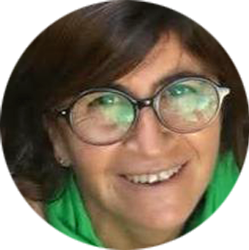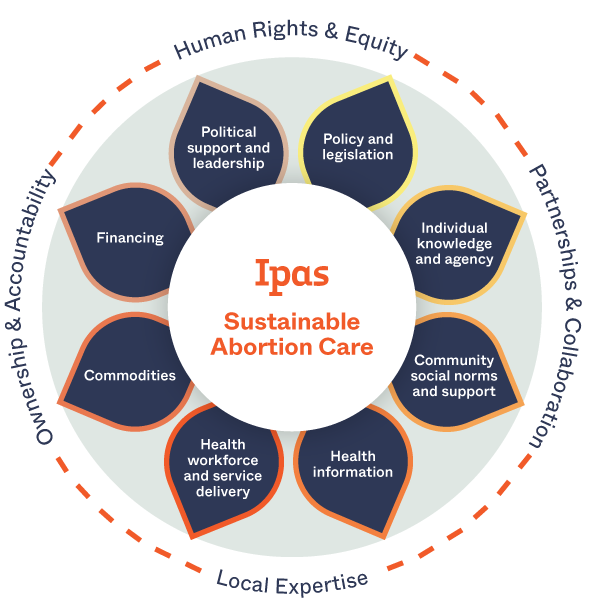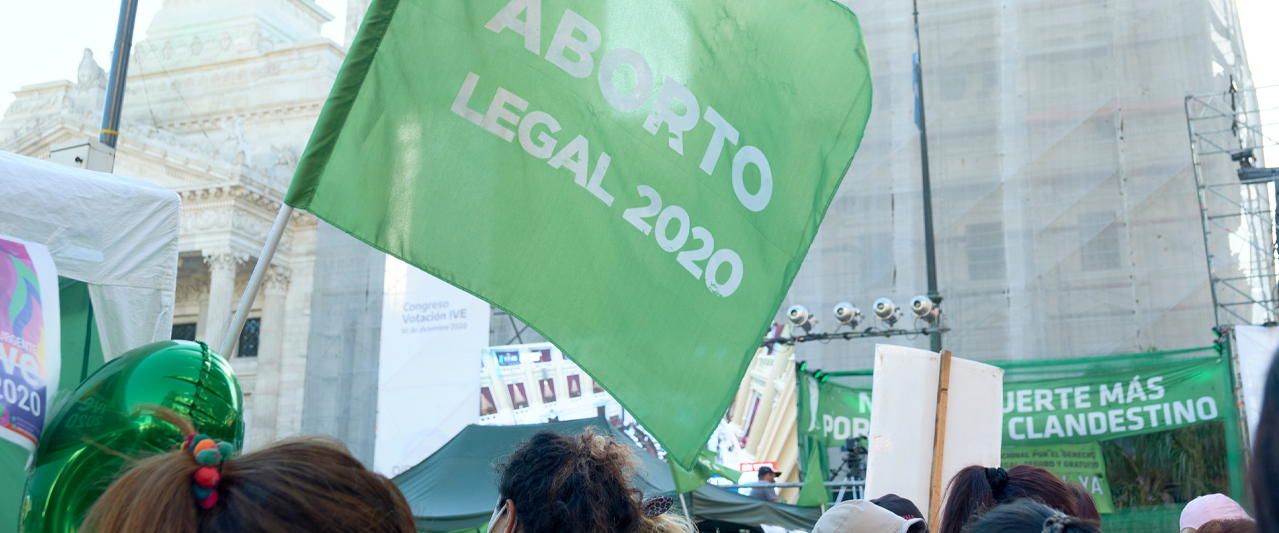Researcher, physician and activist Mariana Romero on Argentina’s historic vote to legalize abortion
Mariana Romero, director of Ipas’s partner CEDES (Centro de Estudios de Estado y Sociedad / Center for State and Society Studies), testified before both houses of Argentina’s congress during their debates leading up to the historic vote to legalize abortion on Dec. 30. Romero has been involved in the movement for safe, legal abortion in Argentina for years. Here she shares what the victory means and insights on how it all happened.
Ipas worked with CEDES and others in Argentina to research and document barriers to abortion provision. Learn more about this historic law change and the contributions of Ipas and CEDES.

1. In your opinion, what does this victory mean for the women of Argentina?
Romero: The approval of this law is a great victory for women and people who can become pregnant. It is the result of a constant and sustained effort by the women’s movement, which strengthened the social debate about abortion rights, took it to the streets and expanded it to different sectors. In this sense, professional, academic and social organizations worked together in a very committed way.
2. The movement for safe, legal abortion began with a group of activists and now is a large, strong movement—both national and regional. How did this happen?
At the national level, the 2018 debate was decisive for the growth of social support for law change, even though the result of the vote was not what we had hoped. The right to abortion took hold and remained in the streets, in the media and also in more personal spaces. The social mobilization created by #NiUnaMenos [in English, means “not one woman less”—a feminist movement that formed in 2015 to protest violence against women), promoted by many women, also contributed to the movement’s growth—with large participation by adolescents and youth where they not only raised awareness about femicides, but also the relationship between violence and reproductive autonomy. This consolidated a more comprehensive agenda where longstanding demands converged.
At the regional level, the Green Wave reignited the debate in other countries and was a magnificent opportunity to update arguments, strengthen demand for change and to again raise awareness of social inequities, particularly in relation to sexual and reproductive rights.
3. Was there a turning point in the movement when things began to change and accelerate? A point when you began to have hope for actual law change?
The movement made a great effort to articulate and sustain our demand [for legal abortion]. Even under adverse conditions, leaders in the movement made the argument that now was precisely the moment to debate and vote on this law change. At the same time, the commitment of the executive branch and the leadership of some key authorities did their part to create conditions that allowed for this change. This collective, dedicated effort from civil society and from the state was what made it possible.


